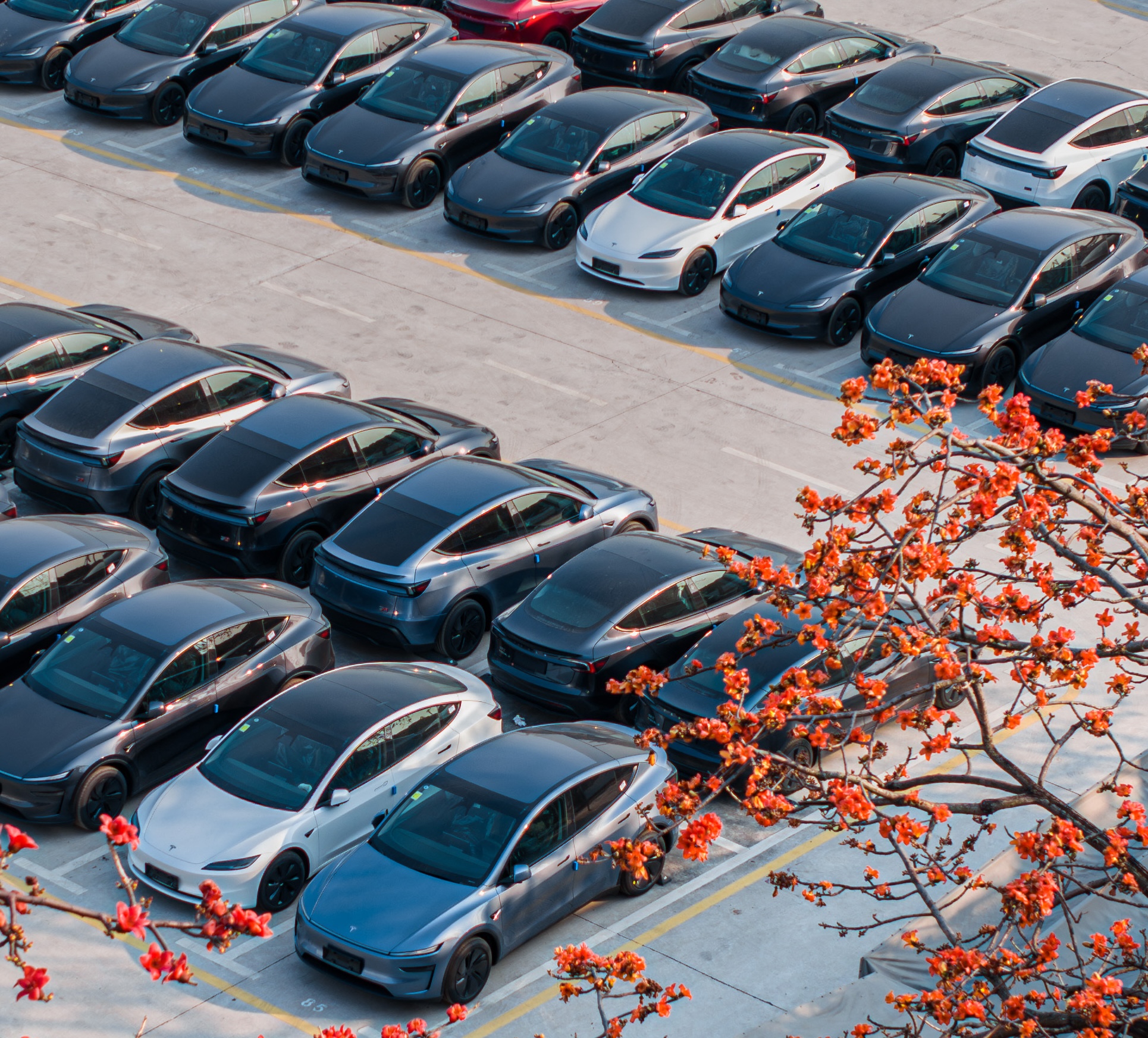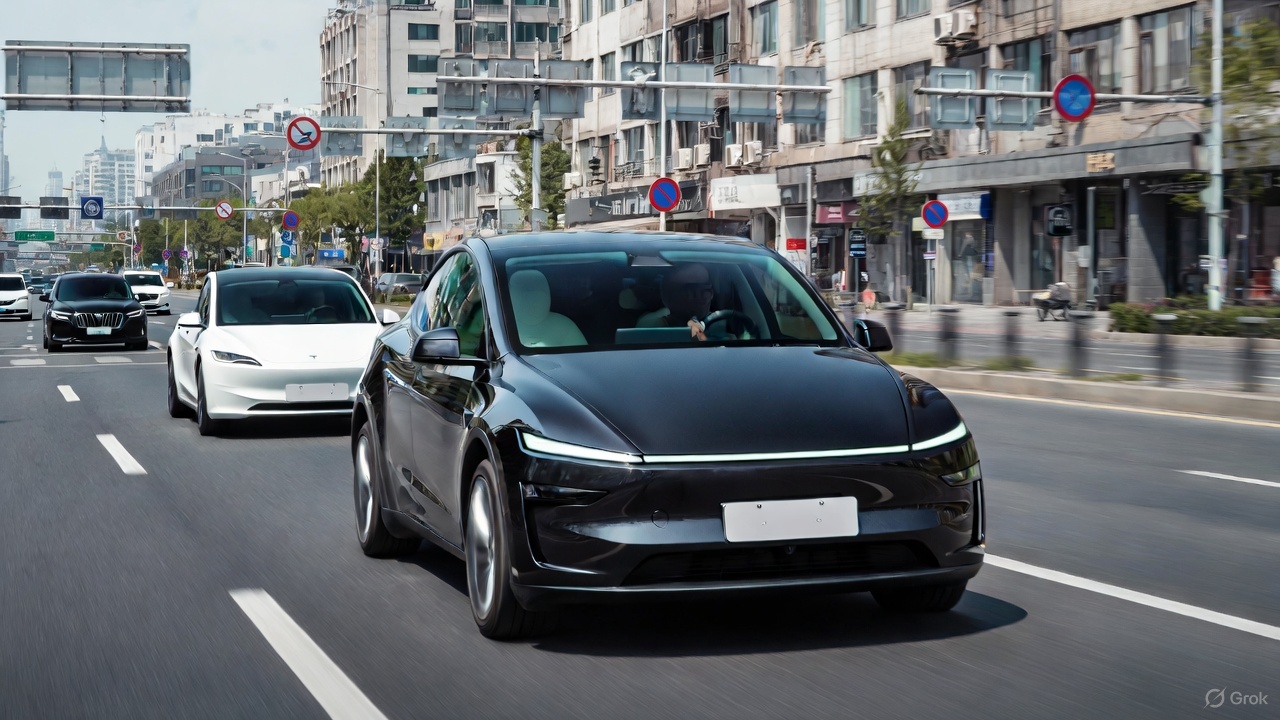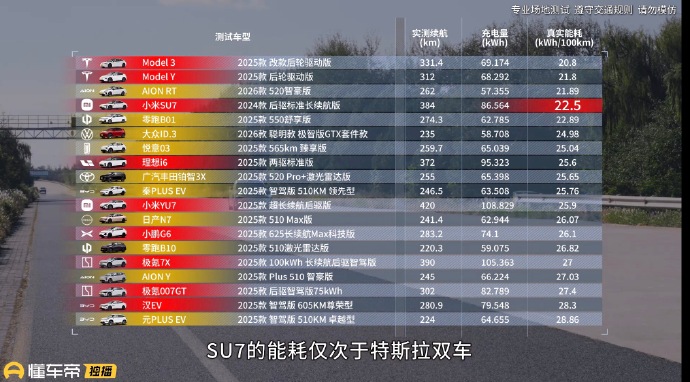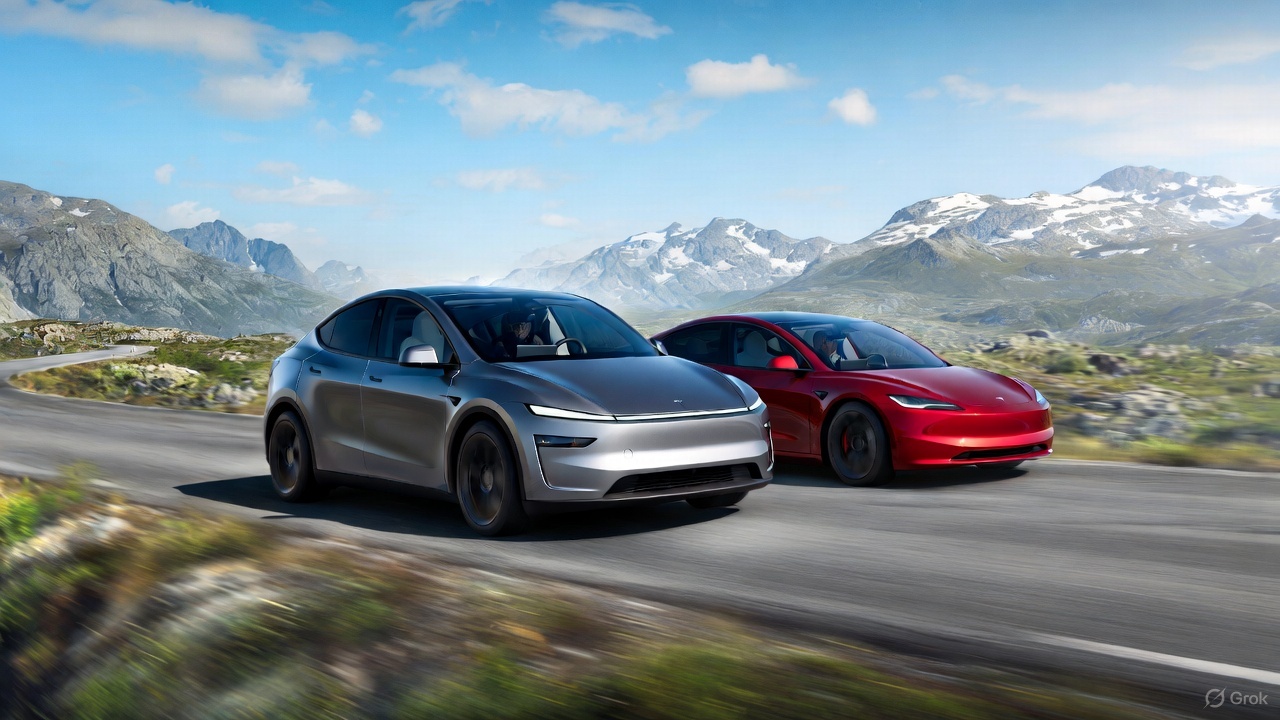

Tesla Model 3
Tesla Model Y: Why it will dominate the crossover EV segment
Tesla’s Model Y will be the company’s first crack at the all-too popular crossover segment. With its first expected deliveries to take place in 2020, one thing is for sure: The most popular electric vehicle brand in the U.S. will hit another home run with the Model Y, and the fact that it is not the first crossover EV on the market will benefit Tesla in the long run.
There is an old saying that states, “The early bird gets the worm, but the second mouse gets the cheese.” In the case of a fully electric crossover vehicle, Tesla is the mouse here, and the fact they are releasing their introductory crossover long after other manufacturers have already released theirs is an advantage for the Silicon Valley-based automaker.
The Jaguar I-Pace, Kia Niro EV, Audi e-Tron, and the Hyundai Kona Electric have all made their way into the American market, giving consumers who want an electric car with the versatility of a crossover the opportunity to own one. But one issue with being the first to release a vehicle with that body style is this: other manufacturers will take the mistakes you made, and improve upon them in their own vehicles. Crossover EVs will continue to evolve into more complex and effective machines, meaning first is not necessarily the best in this case.
But why has Tesla been so successful? There are a few reasons as to how they’ve become the industry standard for electric cars. The first being that they exclusively make vehicles not powered by fossil fuels, an important concept to the prospective buyer who is interested in the sustainability aspect of the industry.
Manufacturers like Audi and Jaguar who are releasing their first cracks at an electric vehicle are making strides, but they’re still primarily focused on creating cars powered by gas. It is hard for someone, especially those who believe wholeheartedly that the future of transportation must be electric, to support a manufacturer whose main focus is on gas-powered machines, even if they are transitioning to producing electric cars. The sales figures of all-electric crossovers like the Audi e-Tron, the Hyundai Kona EV, The Jaguar I-PACE, and the Kia Niro EV, all of whom reportedly did not even breach a thousand units in sales for September, further emphasizes this point.
The Model 3 has become the most popular electric vehicle on the market, selling over 19,000 units in the month of September alone. This figure is around eight times as many as the next closest competitor, according to Forbes. The future of Tesla is slowly navigating away from the Model S and Model X, and the Model 3 and Model Y are where the company will shape its focus.
“To be totally frank, we’re continuing to make [the Model S and Model X) more for sentimental reasons than anything else. They’re really of minor importance to the future,” he said, noting the cost-effectiveness of the 3 and the Y are important, as they are cheaper to produce and more affordable for consumers.
Tesla’s decision to release the Model Y after the Model 3 is all for a good reason. It is obvious the company is already focused on creating a perfect vehicle, and we know Mr. Elon Musk won’t give the loyal Tesla consumer anything short of perfect. With continually improving vehicles due to the company’s ability to utilize Over-the-Air software updates, any issues that may come up will likely be addressed by the automaker and improved upon over time. Among carmakers vying for the lucrative crossover EV segment, after all, few can match Tesla’s drive and dedication to develop the right EV for the right buyers.

News
Tesla dominates in the UK with Model Y and Model 3 leading the way

Tesla is dominating in the United Kingdom so far through 2025, and with about two weeks left in the year, the Model Y and Model 3 are leading the way.
The Model Y and Model 3 are the two best-selling electric vehicles in the United Kingdom, which is comprised of England, Scotland, Wales, and Northern Ireland, and it’s not particularly close.
According to data gathered by EU-EVs, the Model Y is sitting at 18,890 units for the year, while the Model 3 is slightly behind with 16,361 sales for the year so far.
The next best-selling EV is the Audi Q4 e-tron at 10,287 units, lagging significantly behind but ahead of other models like the BMW i4 and the Audi Q6 e-tron.
GOOD NEWS 🇬🇧 Tesla is absolutely crushing the UK electric vehicle market in 2025 💥
The numbers are in, and the dominance is clear. With an impressive amount of 42,270 vehicles delivered year-to-date, the brand now commands a solid 9.6% market share of the total auto market 🆒… pic.twitter.com/dkiGX9kzd0
— Ming (@tslaming) December 18, 2025
The Model Y has tasted significant success in the global market, but it has dominated in large markets like Europe and the United States.
For years, it’s been a car that has fit the bill of exactly what consumers need: a perfect combination of luxury, space, and sustainability.
Both vehicles are going to see decreases in sales compared to 2024; the Model Y was the best-selling car last year, but it sold 32,610 units in the UK. Meanwhile, the Model 3 had reached 17,272 units, which will keep it right on par with last year.
Tesla sold 50,090 units in the market last year, and it’s about 8,000 units shy of last year’s pace. It also had a stronger market share last year with 13.2 percent of the sales in the market. With two weeks left in 2025, Tesla has a 9.6 percent market share, leading Volkswagen with 8 percent.
The company likely felt some impact from CEO Elon Musk’s involvement with the Trump administration and, more specifically, his role with DOGE. However, it is worth mentioning that some months saw stronger consumer demand than others. For example, sales were up over 20 percent in February. A 14 percent increase followed this in June.
News
Tesla Model 3 and Model Y dominate China’s real-world efficiency tests
The Tesla Model 3 posted 20.8 kWh/100 km while the Model Y followed closely at 21.8 kWh/100 km.

Tesla’s Model 3 and Model Y once again led the field in a new real-world energy-consumption test conducted by China’s Autohome, outperforming numerous rival electric vehicles in controlled conditions.
The results, which placed both Teslas in the top two spots, prompted Xiaomi CEO Lei Jun to acknowledge Tesla’s efficiency advantage while noting that his company’s vehicles will continue refining its own models to close the gap.
Tesla secures top efficiency results
Autohome’s evaluation placed all vehicles under identical conditions, such as a full 375-kg load, cabin temperature fixed at 24°C on automatic climate control, and a steady cruising speed of 120 km/h. In this environment, the Tesla Model 3 posted 20.8 kWh/100 km while the Model Y followed closely at 21.8 kWh/100 km, as noted in a Sina News report.
These figures positioned Tesla’s vehicles firmly at the top of the ranking and highlighted their continued leadership in long-range efficiency. The test also highlighted how drivetrain optimization, software management, and aerodynamic profiles remain key differentiators in high-speed, cold-weather scenarios where many electric cars struggle to maintain low consumption.

Xiaomi’s Lei Jun pledges to continue learning from Tesla
Following the results, Xiaomi CEO Lei Jun noted that the Xiaomi SU7 actually performed well overall but naturally consumed more energy due to its larger C-segment footprint and higher specification. He reiterated that factors such as size and weight contributed to the difference in real-world consumption compared to Tesla. Still, the executive noted that Xiaomi will continue to learn from the veteran EV maker.
“The Xiaomi SU7’s energy consumption performance is also very good; you can take a closer look. The fact that its test results are weaker than Tesla’s is partly due to objective reasons: the Xiaomi SU7 is a C-segment car, larger and with higher specifications, making it heavier and naturally increasing energy consumption. Of course, we will continue to learn from Tesla and further optimize its energy consumption performance!” Lei Jun wrote in a post on Weibo.
Lei Jun has repeatedly described Tesla as the global benchmark for EV efficiency, previously stating that Xiaomi may require three to five years to match its leadership. He has also been very supportive of FSD, even testing the system in the United States.
News
Tesla Model 3 and Model Y named top car buys in Norway
Despite growing competition from European and Korean brands, both models stood out for their balance of price, performance, and everyday usability.

Norway’s annual roundup of the best car purchases featured Tesla’s two main sellers this year, with the Model 3 and Model Y securing top positions in their respective segments.
Despite growing competition from European and Korean brands, both models stood out for their balance of price, performance, and everyday usability. The verdict comes as electric vehicle adoption remained above 95% of new vehicle sales in the country.
Tesla Model 3 strengthens its value position
Among compact EVs, the Tesla Model 3 maintained its position as the best overall buy thanks to its strong blend of performance, efficiency, and updated features. Reviewers noted that every trim offered compelling value, especially with the all-electric sedan’s improved cabin ergonomics and the return of the turn-signal stalk, which was one of the few previous complaints among drivers.
The Model 3’s mix of long-range capability, low operating costs, and responsive handling has continued to set the benchmark for compact EVs in Norway. While competitors from Hyundai, Volkswagen, and Peugeot have narrowed the gap, Tesla’s price-to-capability ratio has remained difficult to beat in this segment, Motor.no reported.
“The Model 3 clearly offers the best value for money in the compact class, no matter which version you choose. Now it also gets the turn signal lever back. This eliminates one of the few flaws in a driving environment that many believe is the best on the market,” the publication wrote.
Tesla Model Y claims its crown
The Tesla Model Y emerged as Norway’s top family-car purchase this year. The latest refresh introduced improvements in ride quality, styling, and interior materials, allowing the Model Y to deliver a more premium driving experience without a substantial price increase.
Reviewers praised its spacious cabin, strong safety profile, and practical range, all of which reinforced its appeal for families needing an all-purpose electric crossover. The Model Y remains especially notable given its continued popularity in Norway even as Tesla faces declining sales in other global markets.
“The Model Y is back as the winner in the family class. The upgrade in the new year was even more extensive than expected. It is a slightly more elegant and significantly more comfortable Model Y that solidifies its position as Norway’s best car purchase in the most important class,” the Norwegian motoring publication noted.








